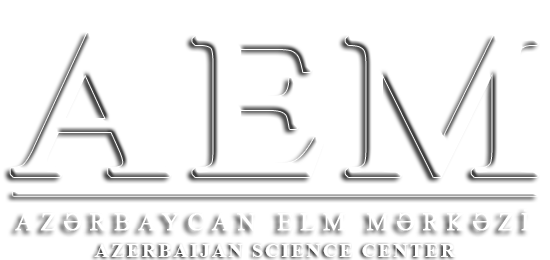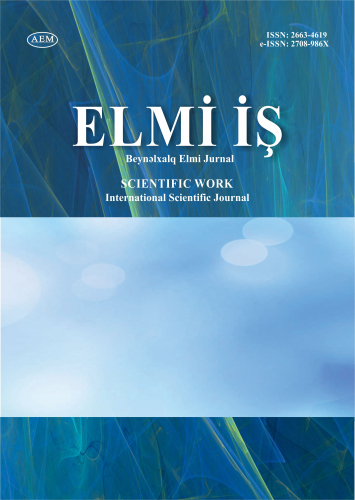https://doi.org/10.36719/2663-4619/110/123-126
Nubar Babazade
Nakhchivan State University
Master student
https://orcid.org/0009-0000-3667-7847
Application of Fuzzy Set Theory in Determining Soil-Plant Pairing
Abstract
Selecting the optimal soil-plant pair is critical to ensure sustainable agricultural productivity. Traditionally, this determination is based on expert knowledge and empirical data regarding soil characteristics, climatic conditions, and plant requirements. However, these relationships are often complex and uncertain. In such scenarios, fuzzy set theory emerges as a powerful tool to model the uncertainty associated with the soil-vegetation system, facilitating more accurate and flexible decision-making processes. Fuzzy set theory allows us to handle situations where precise classifications are not possible. Fuzzy set theory uses degrees of membership that better reflect natural variability in agricultural systems, rather than hard boundaries between soil types or plant adaptations.
Keywords: fuzzy sets, intelligent systems, agriculture, soil-plant couple, productivity, automation

